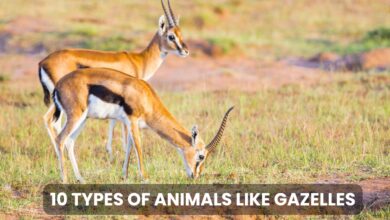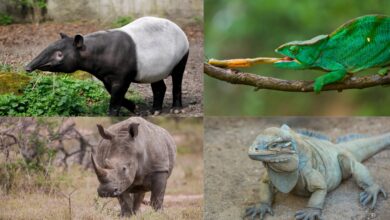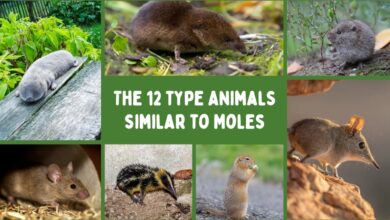How do bears hibernate?
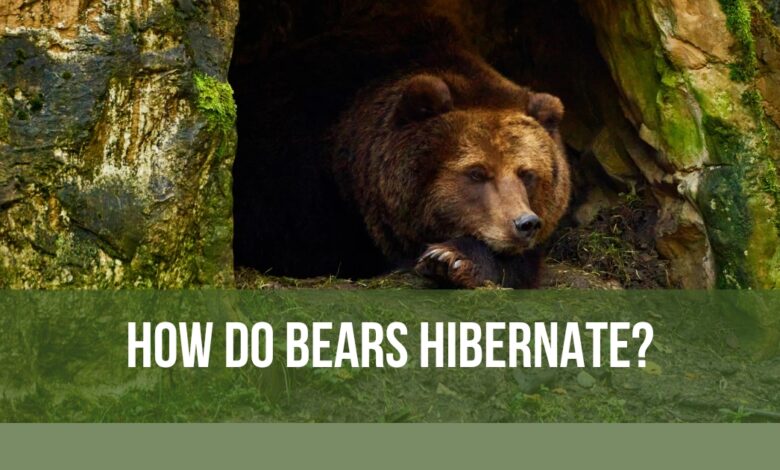
How do bears hibernate?
Bears, known for their strength and resilience, undergo a fascinating natural phenomenon called hibernation. Hibernation is a crucial survival strategy for bears, particularly in environments where food becomes scarce during winter.
This period involves remarkable physiological changes, allowing bears to endure long periods of dormancy. Explore the intricate details of how bears navigate through hibernation, from preparation to the physiological adaptations that sustain them during this essential winter rest.
Bears hibernate in various regions worldwide, including North America, Europe, Asia, Arctic regions, the Himalayas, Canada, and Scandinavia. Hibernation is influenced by factors such as climate, food availability, and species-specific adaptations.
Not all bear species hibernate, and the duration and depth of hibernation can vary among species and individuals.
What triggers bears to enter hibernation?
Bears enter hibernation primarily in response to environmental factors and changes in food availability. The key triggers for bear hibernation include:
Seasonal Changes: As winter approaches and temperatures drop, bears sense the changing seasons. Shortening daylight hours and colder temperatures signal the need to prepare for a period of reduced activity.
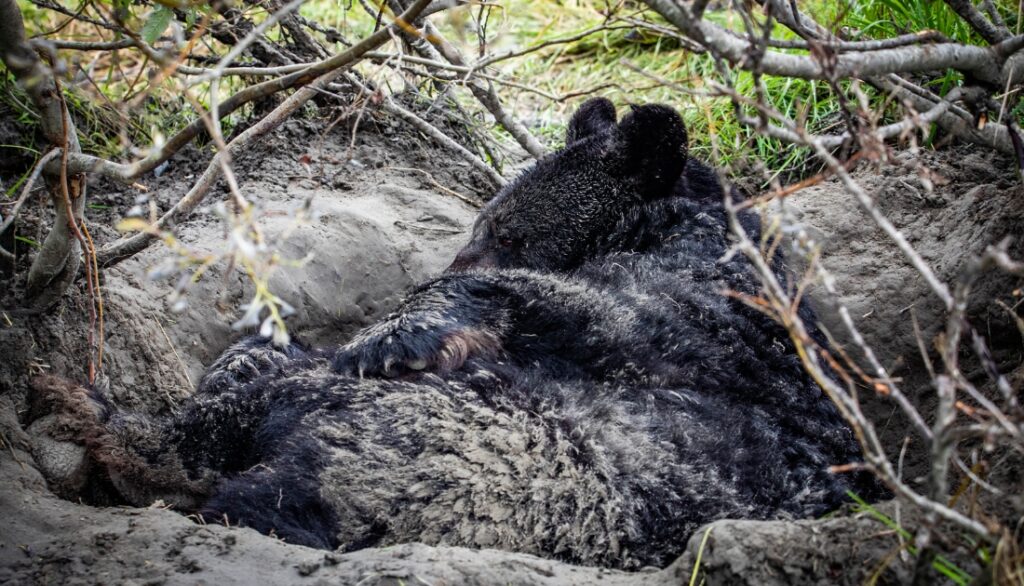
Food Scarcity: Bears are opportunistic feeders, and during winter, their natural food sources, such as berries, insects, and vegetation, become scarce or inaccessible due to snow cover. This scarcity prompts bears to conserve energy by entering hibernation.
Physiological Changes: Internal biological processes, including hormonal changes, prompt bears to undergo physiological adaptations for hibernation. This includes a reduction in metabolic rate, heart rate, and body temperature.
Energy Conservation: Bears enter hibernation as a strategy to conserve energy when their calorie intake is limited. By slowing down their metabolism and lowering body temperature, they can survive for an extended period without actively foraging.
See Also: 5 fish similar to crayfish
How do bears prepare for hibernation?
Before hibernation, bears enter a phase called hyperphagia, where they consume massive amounts of food. This is crucial for building up fat reserves, their primary energy source during hibernation.
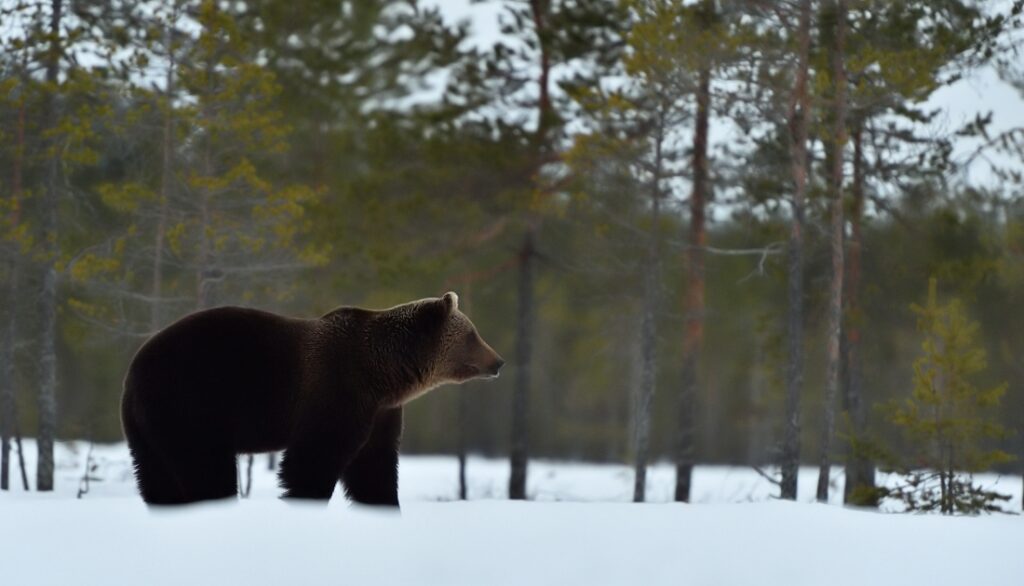
Bears focus on high-calorie foods, such as nuts and berries, to maximize fat accumulation and ensure survival through the winter months. This intense eating phase is a strategic preparation to endure the extended period of fasting and reduced metabolic activity during hibernation.
How do bears conserve energy while hibernating?
During hibernation, bears undergo physiological changes to conserve energy. Their heart rate drops significantly, from around 50-70 beats per minute to as low as 8-12 beats per minute. This reduction in heart rate lowers their metabolic rate, minimizing energy expenditure.
Bears enter a state of torpor, where their body temperature decreases slightly, further reducing metabolic demands. This state allows them to survive for months without eating, relying on stored fat for sustenance. The ability to lower metabolic activity drastically is a key adaptation that helps bears conserve energy and endure the hibernation period.
How long do bears typically hibernate?
The duration of bear hibernation varies based on species, location, and environmental conditions. Generally, bears hibernate for a significant portion of the winter months. Here are approximate hibernation periods for different bear species:
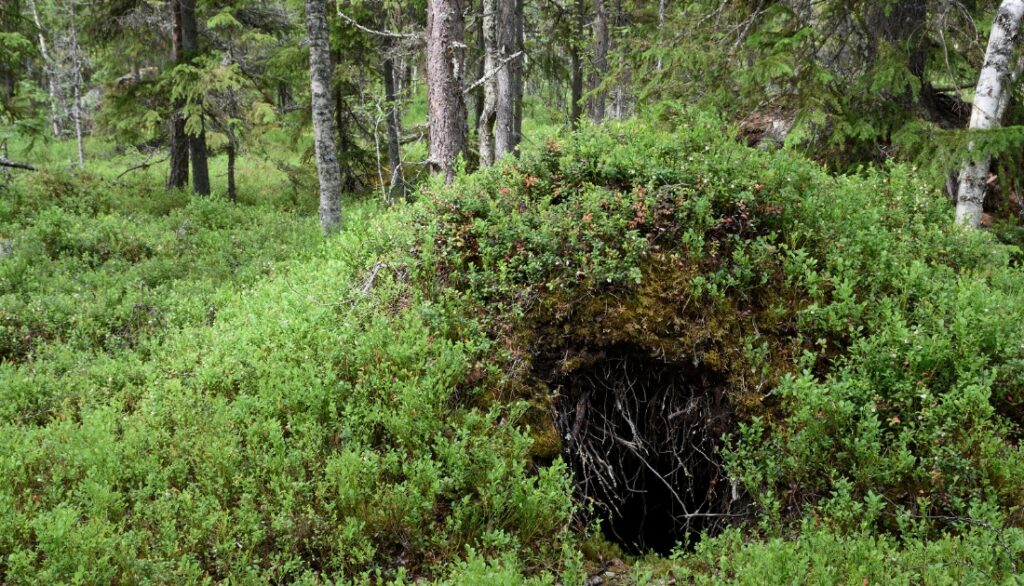
Brown Bears (Grizzly Bears): In many regions, brown bears may hibernate for about 5 to 7 months. This period often begins in late fall and extends through winter, with variations based on climate and food availability.
American Black Bears: Black bears typically hibernate for a shorter duration compared to brown bears, ranging from 3 to 5 months. The onset of hibernation varies by location and can start in late fall.
Polar Bears: Polar bears do not undergo traditional hibernation. Pregnant polar bears, however, may enter a state of dormancy in maternity dens during the winter months, usually from late November to early January.
What behaviors do bears exhibit before and after hibernation?
Before hibernation, bears undergo hyperphagia, an intense feeding period where they consume large amounts of food to build up fat reserves. This behavior is crucial for surviving the upcoming months of fasting. They may gain several pounds a day during this phase.
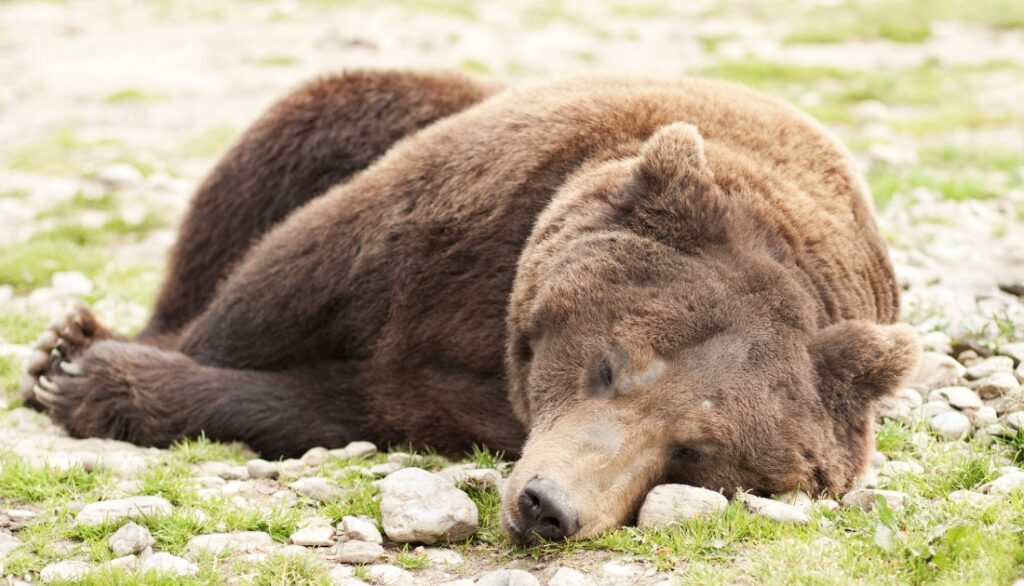
After hibernation, bears experience a period of lethargy, gradually emerging from their dens. This post-hibernation phase involves stretching, grooming, and exploring their surroundings. Bears might be cautious initially, assessing the environment and searching for food sources. They often appear thinner due to the energy expended during hibernation. The transition from hibernation to active foraging marks a critical phase in their annual cycle.
How do mother bears care for their cubs during hibernation?
During hibernation, mother bears do not eat, drink, or eliminate waste. However, they provide nourishment to their cubs through stored body fat. Mother bears give birth to their cubs in the den while in a state of torpor, a reduced metabolic rate.
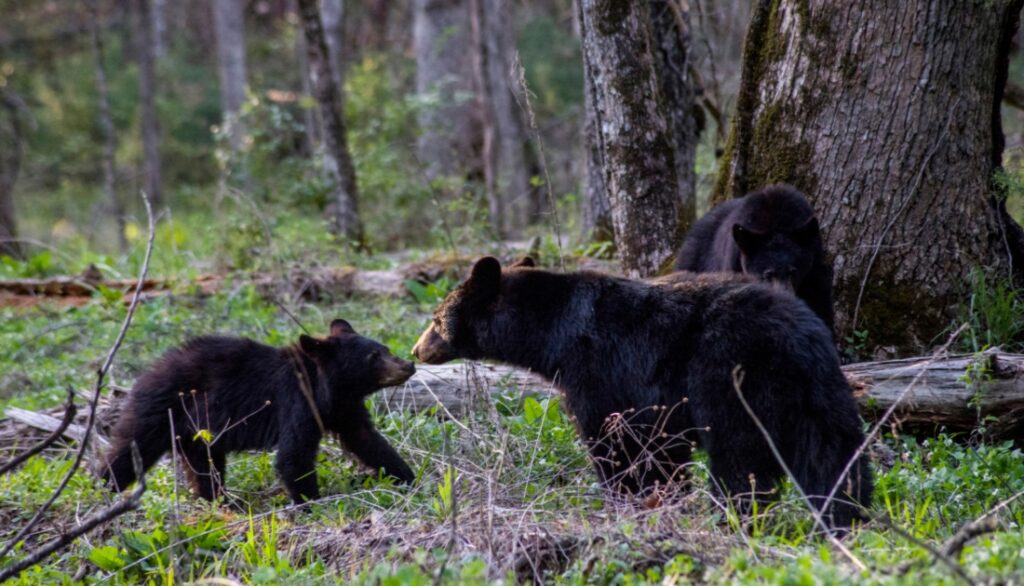
The cubs nurse and stay close to their mother for warmth. The den provides a protective environment for the vulnerable cubs, ensuring minimal disturbance during their early weeks of life. The mother’s ability to nurse and care for the cubs without fully breaking hibernation is a remarkable adaptation that contributes to the survival of the bear family.
